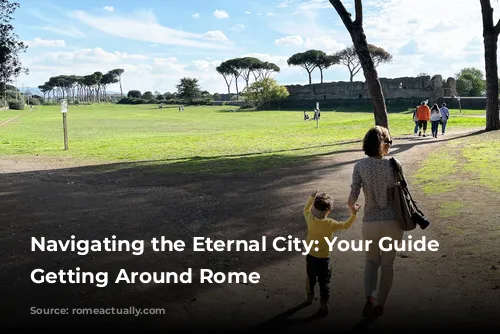Rome, a city brimming with ancient history and captivating charm, offers a multitude of ways to explore its treasures. But with its sprawling expanse, choosing the right mode of transportation can be a daunting task. Worry not, dear traveler! This comprehensive guide will equip you with all the information you need to navigate Rome like a seasoned local.
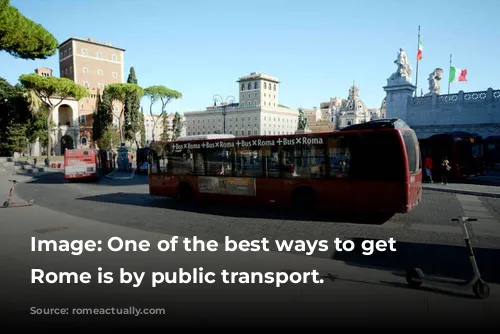
Walking Through Time: Exploring Rome on Foot
For those staying in the heart of the city, walking is undeniably the most enchanting way to soak in the atmosphere. Imagine strolling past the Colosseum, the Pantheon, and the Trevi Fountain, each step a journey through time. Rome’s city center is a captivating museum waiting to be discovered, and exploring it on foot lets you uncover hidden gems and experience the city’s vibrant pulse firsthand.
Planning your daily itineraries is key to maximizing your walking time. You can create compact routes that focus on specific areas, allowing you to leisurely explore each neighborhood’s unique charm. And for those visiting Rome for a single day, dedicate your entire 24 hours to the city center, as its treasures are plentiful and easily accessible on foot.
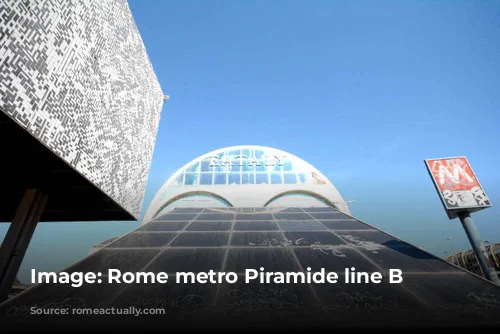
Public Transport: Your Gateway to Rome’s Hidden Gems
While walking is ideal for exploring the city center, public transport becomes indispensable when venturing further afield. Rome’s public transport network, although not as extensive as some major cities, offers a reliable and cost-effective way to connect with different neighborhoods.
Rome’s buses, operated by ATAC and TPL, are a ubiquitous sight. They offer access to areas not served by metro or train, but be prepared for longer travel times, as they are prone to traffic delays. While dedicated bus lanes exist, they are not widespread, making buses susceptible to the city’s notorious traffic jams.
The metro, a much faster option, is your best bet for traversing the city center. Two lines, A and B, efficiently connect key locations, with the third line, C, gradually expanding the network. However, compared to the vast metro systems of London or Shanghai, Rome’s metro remains limited in scope.
Trams, a delightful alternative to buses, offer a smooth and scenic journey. With dedicated lanes and priority on the road, they are relatively less affected by traffic congestion. Notable tram routes include the n. 8, traversing Trastevere and Largo Argentina, and the n. 19, connecting the Vatican and Prati to the neighborhoods of Villa Borghese, Nomentano, and Esquilino.
The train, a robust and reliable option, is particularly useful for exploring beyond the city center and connecting with the suburbs. With its widespread network, you can easily reach major landmarks and stations. From the San Pietro station to the Termini station, the train offers seamless connectivity, making it a convenient choice for longer journeys.
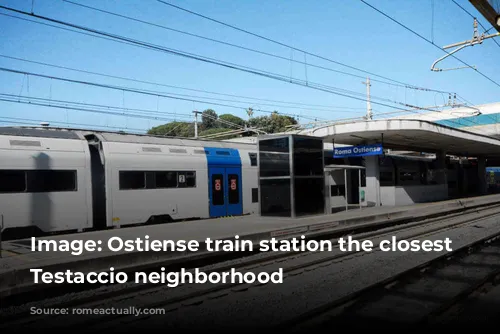
Taxiing Through Time: Rome’s On-Demand Transportation
When public transport falls short, taxis provide a convenient and efficient means of getting around Rome. They are readily available throughout the city, either at designated stations or cruising the streets. You can easily hail a taxi by waving, ensuring it is not already occupied by checking the light on top.
For those seeking a more planned approach, booking a taxi in advance is a great option. Call the local number 063570 and schedule your ride for the time and place that suits your needs. This ensures you have a taxi waiting for you, eliminating any stress or uncertainty.
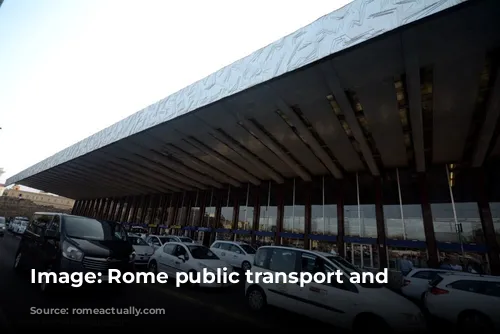
Beyond the City Walls: Navigating Rome with a Car
While Rome offers a plethora of transportation options, driving within the city is generally not recommended. The relentless traffic, limited parking spaces, and the ZTL (Limited Traffic Zone), which restricts vehicle access to the city center, pose significant challenges.
However, if you find yourself in Rome as part of a longer Italy road trip, a few things to consider:
- For short stays (1-2 days), park your car and explore Rome via public transport. This minimizes stress and allows you to fully immerse yourself in the city’s vibrant atmosphere.
- For longer stays (4 days or more), consider dropping off your car and renting it again upon your departure. This optimizes your travel experience and avoids the hassles of driving in Rome.
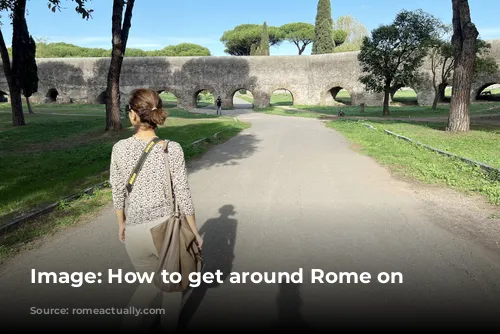
Frequently Asked Questions: Your Rome Transportation Toolkit
What is the cheapest mode of transport in Rome?
The cheapest option is the train, with single tickets costing €1. However, these tickets are only valid for train rides. ATAC tickets, costing €1.50, offer greater flexibility, including a metro ride, unlimited bus and tram rides, and one train ride. So, if you plan to use buses or the metro, opt for the ATAC ticket for better value.
How do most Romans get around?
Romans, like many Italians, favor driving. However, the city’s traffic congestion often compels them to use public transport, particularly for journeys within the ZTL or during rush hour. Many commuters also opt for a combination of driving and public transport, parking their cars at train stations and using public transport to navigate the city center.
Rome also has Uber services, but they are limited to luxury options like UberBlack, UberLux, and UberVan. The popular UberPop service, which allows private drivers to offer rides without government authorization, is not permitted in Italy.
Conclusion
From the enchanting allure of walking through ancient streets to the efficiency of public transport, Rome offers a diverse range of transportation options for every traveler. Whether you’re seeking a leisurely stroll through history or a quick ride to a distant landmark, this guide has equipped you with the knowledge to navigate Rome with confidence and enjoy every moment of your journey. So, embrace the city’s charm, choose your mode of transportation wisely, and embark on an unforgettable adventure through the Eternal City.
